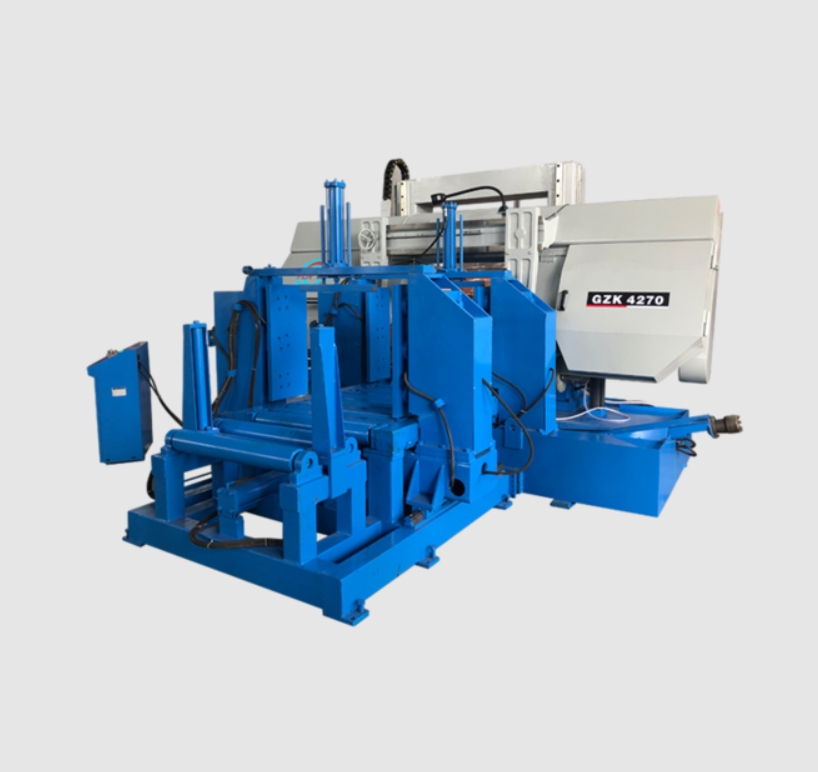Exploring Blade Durability in Long-Term Metal Sawing Operations

The use of a Metal Cutting Band Sawing Machine together with an M42 Bi-Metal Band Saw Blade has become common in workshops seeking steady and predictable cutting performance. Both elements work as a pair, and many operators rely on this combination when handling general structural steels or batches of medium-hard materials. While each workshop has its own habits and methods, the interaction between the sawing machine and the blade often determines whether the overall workflow feels smooth or requires frequent adjustments.

Metal cutting in industrial environments usually involves a routine rhythm. Operators adjust feeding directions, watch coolant flow, and listen to the tone of the blade as it moves through the material. With machines designed for continuous operation, the focus is often on maintaining a balanced cutting pace rather than pushing speed. Many machines allow flexible settings so teams can adapt their procedures according to the size, shape, and hardness of the workpiece. Even small variations in material thickness can influence how the blade responds once the cutting starts.
When discussing the cutting machine itself, technicians often pay attention to frame rigidity, vibration control, and feeding stability. A band sawing machine with consistent tensioning helps reduce irregular contact between blade and material. This steadiness becomes noticeable during long production shifts, where operators value the feeling of predictable resistance as the blade travels. Some workshops choose machines with wider bases or reinforced frames to improve balance, especially when they frequently process heavier bars, tubes, or billets. Although each model differs in layout, the general goal is to maintain a cutting motion that feels uniform and easy to monitor.
The M42 bi-metal blade brings its own characteristics into the process. Manufacturers commonly design these blades with a steel alloy backing and a wear-resistant tooth edge. This combination allows the blade to handle different material categories without sudden tooth failures. Workers often describe these blades as stable under heat, especially during extended runs where temperature gradually rises. Blade longevity, however, still depends on several everyday factors—coolant supply, proper tooth pitch selection, and careful alignment. A blade placed under excessive pressure may lose its steady rhythm, making the cutting sound harsher and affecting the surface finish.
Many workshops prefer to organize cutting tasks by grouping similar materials together. This habit helps maintain a familiar working curve for the blade and the sawing machine. Switching between soft and hard materials too frequently sometimes forces the team to re-adjust feed pressure or blade pitch. When handling hard alloy bars or thick structural beams, operators usually aim for a slower entry to reduce vibration. This deliberate starting approach gives the blade time to settle into the cut and build a stable path. Once the movement becomes steady, the machine usually delivers a reliable pace without frequent interventions.
- Art
- Causes
- Crafts
- Dance
- Drinks
- Film
- Fitness
- Food
- Jogos
- Gardening
- Health
- Início
- Literature
- Music
- Networking
- Outro
- Party
- Religion
- Shopping
- Sports
- Theater
- Wellness


